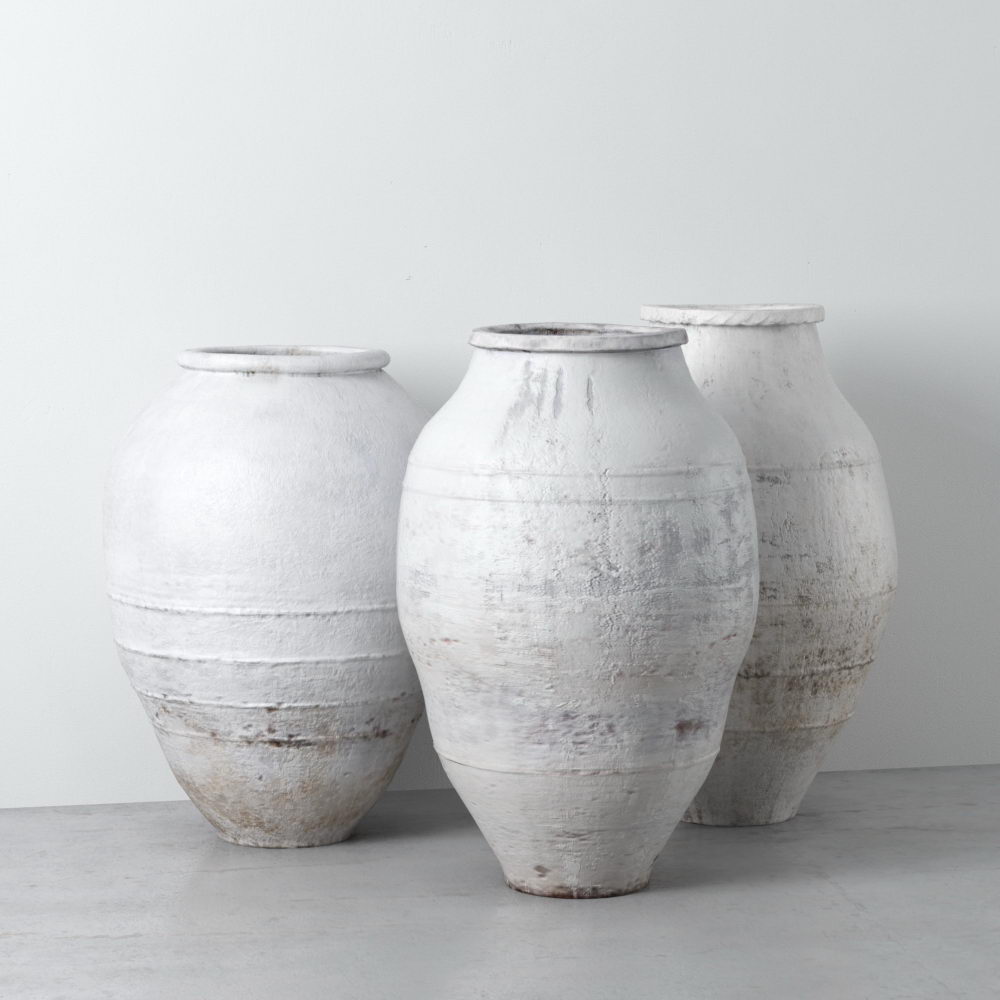
A good technique is to shoot one, then take one step to the side, shoot again, another step to the side, etc until you get around the object or to the end of it. You’ll need at least two shots of every angle, one slightly offset from the other, and they should have at least 30 per cent overlap between them. Ideally you’ll want to shoot as many pictures as you can, the more the better, but don’t just go shooting willy nilly. The more random details the object has, the better. Also keep in mind that photogrammetry doesn’t work well with objects that are transparent, shiny or smooth with little detail. Choose a day when it’s overcast but not raining. If you’re shooting outdoors you don’t have a lot of control over the lighting and shadows, and that is important because they will appear in your final texture and probably won’t match the lighting in your 3D scene. It can also help to use a longer lens, either in your phone or other camera to avoid distortion. The main things that matter are getting the highest resolution you can and making the pictures as sharp as possible.

For your camera you could choose a high-end DSLR or mirrorless camera, but you can also just use your smartphone’s camera. When shooting pictures for photogrammetry like we’re doing today, you don’t really need any special equipment, but there are some things you should keep in mind.


 0 kommentar(er)
0 kommentar(er)
